|
Physical Implementations John Pultorak's Famous Block I AGC ... and more! |
|
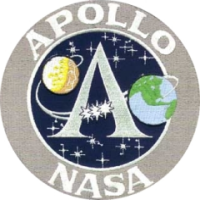
Please enable javascript in your browser to see a site-search form here.
|
 |
|||||||||||||||||||||
|
Please enable javascript in your browser to see a site-search form here.
|
||||||||||||||||||||||
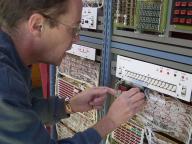 John Pultorak
has
constructed a physical (not virtual), working model
of a Block I AGC out of 74LS-series low-power Schottky TTL
devices. The model works, and runs software which John has
adapted from Colossus 249 software. John's unit even has the same
general appearance as the original Block I AGC prototype! Of
course, Colossus 249 software is targeted for the Block II AGC rather
than the Block I AGC, but
then nobody seems to presently know the whereabouts of any Block I AGC
software source code. (If you do know where any Block I code is,
let us know!)
John Pultorak
has
constructed a physical (not virtual), working model
of a Block I AGC out of 74LS-series low-power Schottky TTL
devices. The model works, and runs software which John has
adapted from Colossus 249 software. John's unit even has the same
general appearance as the original Block I AGC prototype! Of
course, Colossus 249 software is targeted for the Block II AGC rather
than the Block I AGC, but
then nobody seems to presently know the whereabouts of any Block I AGC
software source code. (If you do know where any Block I code is,
let us know!)| Project Phase |
Description |
Status |
| A0 |
Conversion of John Pultorak's
Block I AGC design (schematics only!) to Eagle CAD, with corrections and
small improvements. |
Ready now! |
| A1 |
A clean restructuring of the
Block I design -- for example, with AGC, DSKY, and monitoring busses
separated into independent assemblies rather than being a part of one
large assembly. |
Preliminary data available. (See change
log.) |
| B0 |
Block II AGC design (schematics
and printed-circuit board layout!) using 74xxx TTL logic. |
Possible |
| B1 |
Size reduction of Block II
design, using surface-mount parts and FPGAs. |
Possible |
| C0 |
Further, final size reduction of
the Block II design, with added Virtual AGC compatibility. (This
would mean, for example, that one of Dimitris's physical DSKY could be
used with a PC running Virtual AGC.) |
Possible |
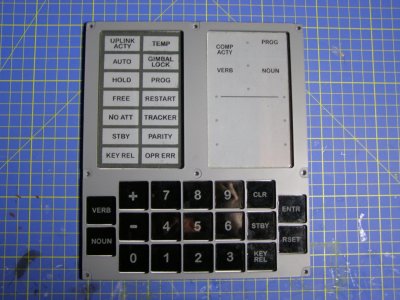 The physical faceplate, work in progress! |
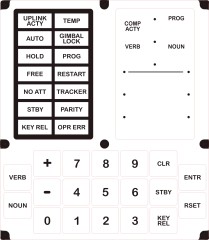 Cleaned-up stylized drawing from which measurements can be taken. A CorelDraw file is also available. |
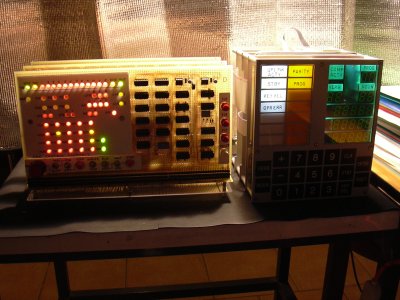
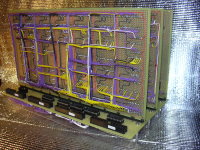 |
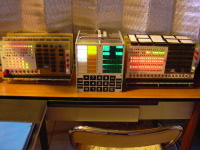 |
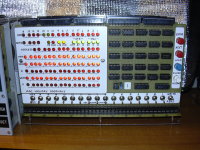 |
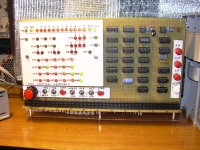 |
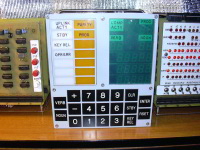 |
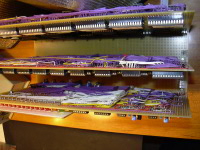 |
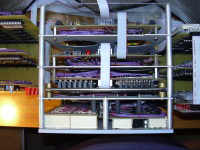 |
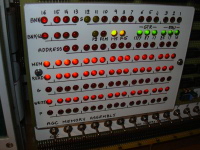 |
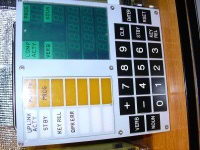 |
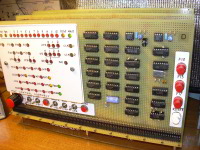 |
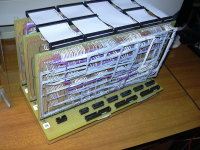 |
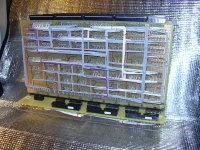 |
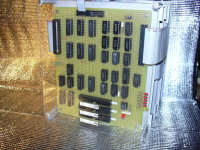 |
